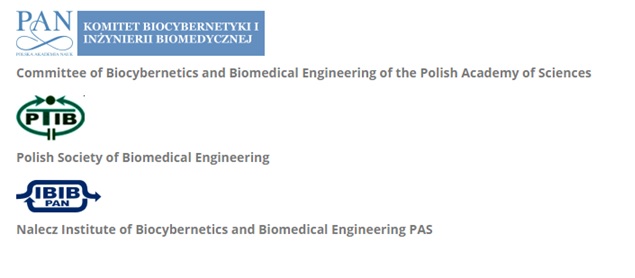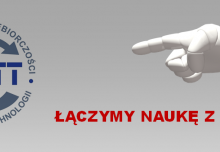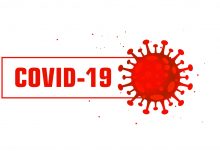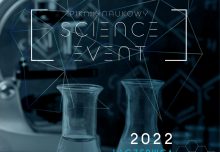W dniach 19-21 maja 2021 roku nasz pracownik naukowo-badawczy mgr inż. Aleksandra Jędrzejewska uczestniczył w XXII Krajowej Konferencji Biocybernetyki I Inżynierii Biomedycznej, której organizatorem były

Temat prezentowanego wystąpienia: Corrosion properties of double-walled TiO2 nanotubes measured in 0.9% NaCl – preliminary results
Abstrakt: Titanium and its alloys have good corrosion resistance and biocompatibility and are often used in biomedical applications. The corrosion resistance of these materials can be improved, thereby increasing their usability and durability. The aim of this study was to improve the corrosive properties of titanium by developing a coating of double-walled titanium dioxide nanotubes (dTNT) on its surface. The dTNT layers were prepared by electrochemical anodization of titanium foils in 85% ethylene glycol solution with 0.65% wt. NH4F and 7.5% H3PO4 in time 4 h using potentials: 10, 30 and 60 V. Based on the electrochemical and scanning electron microscopy studies, it was found that dTNT layer improves corrosion resistance, and the best protection was confirmed for dTNT formed at 60 V. The dTNT layer due to its good anti-corrosion, protective properties and stability can expand the applicability and extend durability of titanium in aircraft structures, medicine or chemical industries.
Podczas konferencji zostały zaprezentowane także wyniki innych badań mgr inż. Aleksandry Jędrzejewskiej pod tytułem wystąpienia: Analysis of the mechanical properties of impact absorbing structures used in military helmets
Abstrakt: This article deals with the issues of head protection against dynamic effects. The current design of the helmets does not fully protect against the destruction of the soft tissues of the head resulting, for example, as a result of an impact. Damage to these tissues is usually caused by dynamic loads, and soldiers are one of the most vulnerable groups to craniocerebral injuries. Hence, the study undertook the development of a model and numerical research on determining the optimal design solution for materials absorbing impact energy. The work analyzes proprietary solutions of tubular and honeycomb structures for four different construction materials. The conducted research allowed to determine the mechanical properties of the proposed geometries of the helmet’s dynamic load absorbing layer and the possibility of their use for head protection. Various solutions were analyzed in terms of geometry and material characteristics. In order to obtain the desired features of the analyzed structures, optimal values of parameters such as diameter or wall thickness were searched for. Two structures were analyzed in terms of the use of diferent materials. The performed numerical analysis showed that one of these structures exhibits special energy absorbing properties, thanks to which it can be an effective solution for protecting the skull and soft tissues of the head against the effects of dynamic loads and impacts.
Pełne teksty prac zostaną opublikowane przez Springer w czasopiśmie Biocybernetics and Biomedical Engineering.
Strona konferencji: https://pcbbe.ibib.waw.pl/
Książka abstraktów: https://cloud.ibib.waw.pl/index.php/s/OlgCUlssw2x4gmd





